struggling new lawn in New Zealand
Simeon Hawkins
7 years ago
Featured Answer
Sort by:Oldest
Comments (73)
Simeon Hawkins
7 years agoSimeon Hawkins
7 years agolast modified: 7 years agoRelated Discussions
New home with a struggling mossy lawn
Comments (1)Moss is a symptom of a problem and isn't really a problem of its own. It only happens when something isn't allowing grass to thrive. Heavy shade, compaction and/or soil problems are the biggest offenders -- often in combination. Killing moss just delays the day where the problem(s) have to be faced and solved....See MoreNew Zealand flax question
Comments (4)Wanda, thank you! That was my first thought because of the australian tree fern. Seems the two facing the fern are slowly not doing well, and the other two opposing the fern are doing fine. Just thought I'd take it to some non-newbie gardeners first! I will get out there today and look for the rotting. Though, he's never mentioned seeing anything. YEY on the dog thing. I was hoping that the flax would be alright. Wanted shrubs over there initially, but can't seem to find one that is safe enough for dogs. Too risky to animal and plant for me. Thanks again, Terra...See MoreNew Zealand tree ferns
Comments (7)While they may be able to handle your low temperatures easily I would caution you that they require a TON of supplemental watering and really thrive best in moist, well-draining soil. I had several of these at a nursery I worked at near Vero Beach and they were one of the hardest to keep looking nice in the containers and the ground. They're one of those plants that needs the "perfect spot". That's been my personal experience with them and I would never have chosen one for my personal garden of average Florida sand....See MoreOca (New Zealand Yams) in Perth?
Comments (12)There is a small section on Oca in the book, "The Garden Gurus - A Guide To Water Wise Gardening" by Trevor Cochran and Neville Passmore. This book is quite specific to WA gardening and conditions. I'd assume because there is a section on Oca, they can be successfully grown in at least some parts of WA and can be obtained locally. They also have a website www.thegardengurus.tv. I tried emailing this, but I got no reply - frustrating!...See MoreSimeon Hawkins
7 years agoSimeon Hawkins
7 years agolast modified: 7 years agoSimeon Hawkins
7 years agoUser
7 years agoSimeon Hawkins
7 years agoSimeon Hawkins
7 years agolast modified: 7 years agoSimeon Hawkins
7 years agoSimeon Hawkins
7 years agoSimeon Hawkins
7 years agoSimeon Hawkins
7 years agoSimeon Hawkins
7 years agoSimeon Hawkins
7 years agoUser
7 years agoSimeon Hawkins
7 years agoUser
7 years agoSimeon Hawkins
7 years agoUser
7 years agoSimeon Hawkins
6 years agoSimeon Hawkins
6 years agoSimeon Hawkins
6 years agoSimeon Hawkins
6 years agoSimeon Hawkins
6 years agoSimeon Hawkins
6 years agoSimeon Hawkins
6 years agoSimeon Hawkins
6 years agoUser
6 years agoSimeon Hawkins
6 years agoSimeon Hawkins
6 years agoSimeon Hawkins
6 years agoSimeon Hawkins
6 years agoSimeon Hawkins
6 years agoSimeon Hawkins
6 years agoSimeon Hawkins
6 years agoUser
6 years agoSimeon Hawkins
6 years agoSimeon Hawkins
6 years agolast modified: 6 years agoSimeon Hawkins
6 years agoSimeon Hawkins
6 years agoSimeon Hawkins
6 years agoSimeon Hawkins
6 years agoUser
6 years agoUser
6 years agohenry c
last year
Related Stories
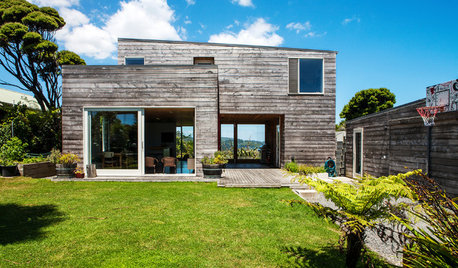
HOMES AROUND THE WORLDHouzz Tour: Big Sky Views on New Zealand’s West Coast
A windswept home is designed to provide a laid-back lifestyle for a young family
Full Story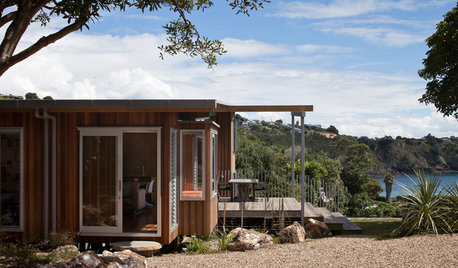
HOUZZ TOURSHouzz Tour: Three Pods Make a Beach House in New Zealand
See how separate living and utility zones boost the beach experience on Waiheke Island
Full Story
LAWN ALTERNATIVESStop Fighting the Patchy Lawn!
Here are 3 situations where a garden may be a better idea than more turfgrass
Full Story
GRASSESHow to Rock a Lawn
Weekend Project: The key to healthy grass begins with the soil. If turf works for you, here’s how to fix it and keep it looking its best
Full Story
GREAT HOME PROJECTSHow to Replace Your Lawn With a Garden
New project for a new year: Lose the turfgrass for energy savings, wildlife friendliness and lower maintenance
Full Story
LANDSCAPE DESIGNGet Along With Less Lawn — Ideas to Save Water and Effort
Ditch the mower and lower your water bill while creating a feast for the eyes with diverse plantings and gathering places
Full Story
EARTH DAYThe Case for Losing the Traditional Lawn
Work less, help the environment and foster connections by just saying no to typical turf
Full Story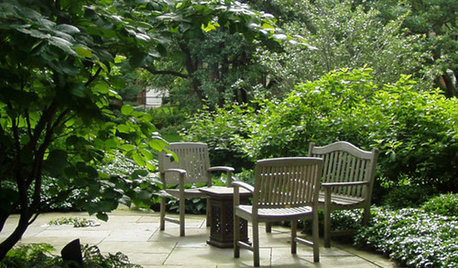
GARDENING AND LANDSCAPINGYour Yard: Are You Ready to Lose the Lawn?
Save time and water with good-looking alternatives to turf grass
Full Story
MOST POPULARMeet a Lawn Alternative That Works Wonders
Carex can replace turfgrass in any spot, is low maintenance and adjusts easily. Add its good looks and you’ve got a ground cover winner
Full Story
SAVING WATERHouzz Call: Are You Letting Go of Your Lawn?
Many facing a drought are swapping turf for less thirsty plantings. If you’re one of them, we’d like to hear about it
Full Story




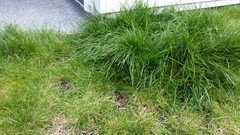

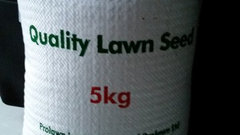
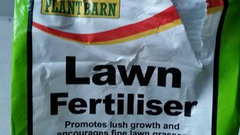

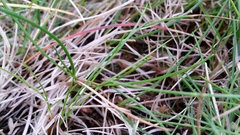
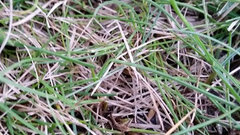


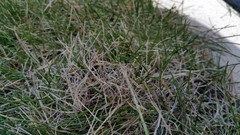



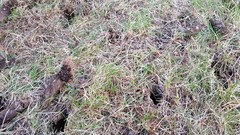





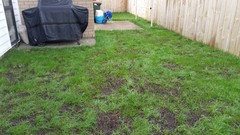



reeljake